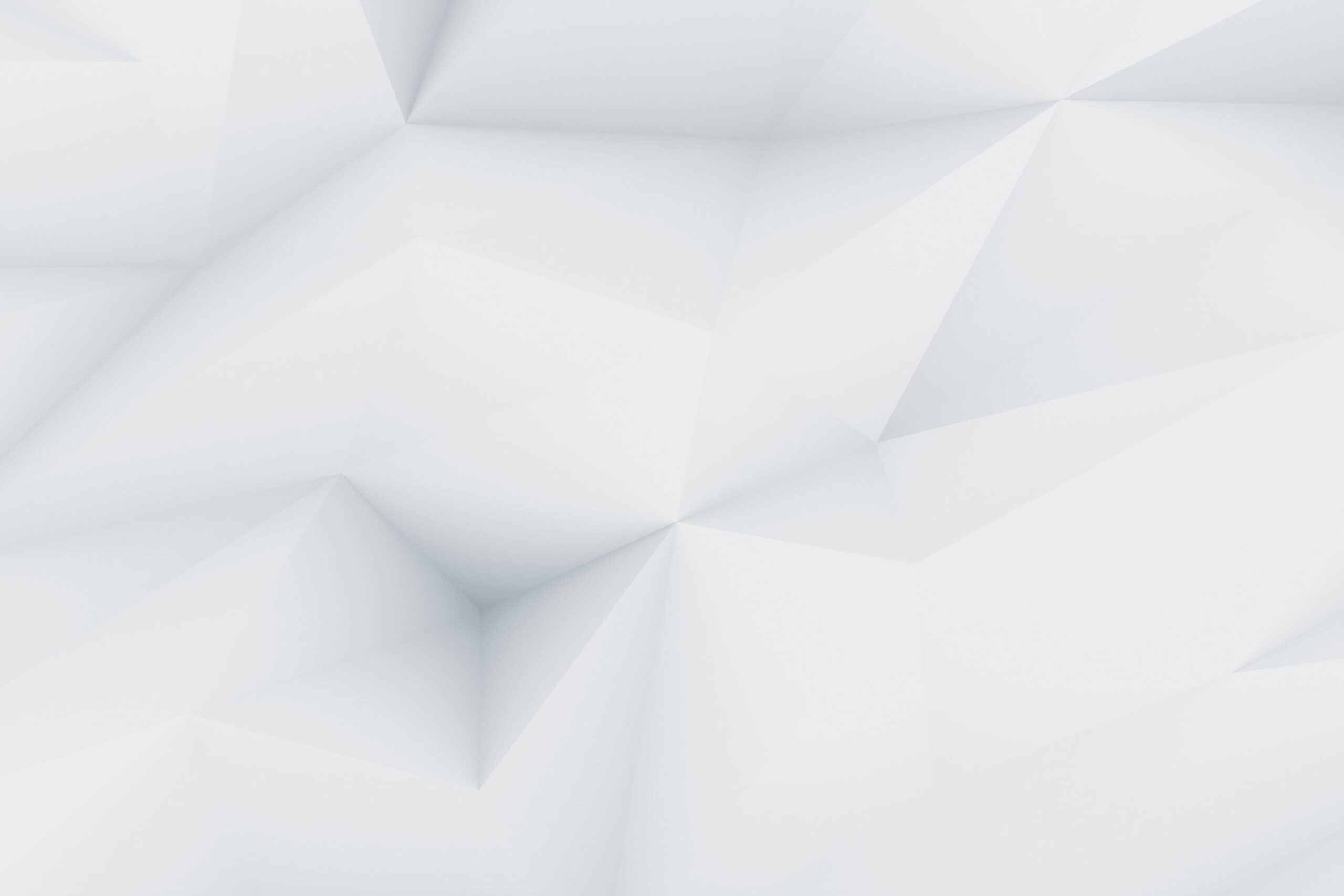October 1–November 20, 2022
Enrique Castro-Cid: Protocol Pressure, an exhibition of the late Chilean-American painter’s works and archive materials, is presented by [NAME] Publications (b. Santiago, 1937; d. Santiago, 1992).
The first of a two-part exhibition and open research initiative centered on Castro-work Cid’s and inquiries is titled Protocol Pressure. His experiments with computer-aided design software as a crucial component of painting during this period, which took place in Miami from the late 1970s through the 1980s, are the subject of this debut exhibition. His paintings during this time period begin with classically proportioned human or animal forms, frequently making direct allusions to previous painters like Paul Cezanne or Eugene Delacroix. Castro-Cid then converts a two-dimensional space into a composition of multi-dimensional planes and morphing corporeal forms through a process that makes use of differential geometry, computational conformal mapping, and multilinear perspective. The end result is a series of paintings and prints in which the figures are drawn and dragged into becoming mathematical singularities while suspended in a transformation process. At this point, the figures and compositions begin to act inappropriately: limbs are twisted, attitudes are overdone, and entire figures are destroyed. The canvases start to reveal the consequences of the computations hidden beneath the surface, with centers that bloat and corners that subtly go out of alignment, as if they were bowing under some bigger mathematical force imperceptible to the human eye.
According to Castro-Cid, the shift away from the rectangular surface was both an experiment and a correction in the history of painting that took into account developments in math and science after Einstein and that gave topological experience of the world (with magnitudes and intensities) precedence over Euclidean perspective. His was not a visual analogy of the science of the times, but an attempt at applying to create what Ricardo Pau-Llosa referred to as “four dimensional episodes of visual thinking.” The paintings appear nearly primitive in their technological prowess to the modern eye, which has been conditioned to perceive in a world that can visualize complex events like black holes. The work’s innovation, though, lies not in its faithful representations of what we see, but rather in being proof of a speculative urge that plagued Castro-Cid throughout his career to reveal, test, and push on the pictorial boundaries of painted space and the real by way of logical math and a canvas.
An interactive archive of Castro Cid’s papers and memorabilia has been entrusted to [NAME] Publications as part of their Migrant Archives project and is a key element of this display. These historical records include journals, letters, terminal printouts, pictures, press, and never-before-seen sketches of Castro-artwork. Cid’s In his later years in Miami, Castro-Cid attracted and gravitated toward an orbit of characters and supporters, many of whom are now essential members of the Miami art community that has been developing ever since. This material tells the many exciting plot lines that cross-cut Castro-practice Cid’s during that time. After moving to New York City from Chile in 1961, Castro-Cid found himself among influential figures in art’s high society like Andy Warhol, Richard Feigen, Leo Castelli, and the heiress and his ex-wife, Christophe de Menil. This period of his life will be the focus of the second exhibition in this series. The latter part of Castro-life Cid’s and work reads like a sequel to those nearly fantastical years in New York City.
Protocol Pressure continues [NAMEfourteen-year ]’s tradition of publishing books and programs that recount the experiences of artists, designers, curators, and academics in the Americas whose practices have been disregarded or forgotten in prevailing art and design histories. It is made possible by the kind assistance of the Knight Foundation, the Miami-Dade County Board of County Commissioners, the Cultural Affairs Council, the Department of Cultural Affairs, and the Mayor of Miami-Dade County.
About the artist
Enrique Castro-Cid was born in 1938 in Santiago, Chile and died there in 1992. He studied in Chile until the early 1960s. Castro-Cid was awarded two Guggenheim Foundation Fellowships and won the William Copley award. He later served as a Fellowship juror for the Guggenheim Foundation. The University of Illinois appointed Castro-Cid visiting artist in 1968. His work was exhibited at the DIA Art Foundation (NY); Solomon R. Guggenheim Museum; The Jewish Museum (NY); among other institutions. His works can be found in the collections such as Pérez Art Museum Miami (Miami); The Museum of Modern Art (NY); Solomon R. Guggenheim Museum (NY); The Menil Collection (Houston); the Lowe Art Museum (Miami), among others.
[NAME] Publications
6572 SW 40th Street
Miami, FL 33155
USA
info@namepublications.org
namepublications.org
Instagram









![Enrique Castro-Cid, Working drawing, 1981. Printed rendering. Courtesy of [NAME] Publications/Migrant Archives.](https://dailyart.news/wp-content/uploads/2022/10/enrique_castro_kid-527x383.jpeg)
![Enrique Castro-Cid, Working drawing, 1981. Printed rendering. Courtesy of [NAME] Publications/Migrant Archives.](https://dailyart.news/wp-content/uploads/2022/10/enrique_castro_kid.jpeg)
![The Missed Seminar, Decolonizing Socialism: Entangled Internationalism, inter∞note 2021. Research diagram. [2] Steve McQueen, End Credits. Installation view, Tate Modern, London, 2020.](https://dailyart.news/wp-content/uploads/2022/10/missed_seminar-95x95.jpeg)








